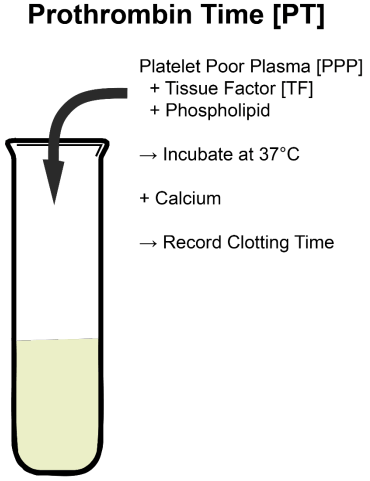A nurse is collecting data from a client who is 12 hr postoperative following intestinal surgery. Which of the following findings should the nurse report to the charge nurse prior to client ambulation?
Oxygen saturation 90%
Respiratory rate 20/min
Apical pulse rate 88/min
Oral temperature 37.6° C (99.7° F)
The Correct Answer is A
An oxygen saturation level of 90% is below the normal range and indicates inadequate oxygenation. This finding could indicate respiratory compromise or impaired lung function, which may require further assessment and intervention before allowing the client to ambulate.
The respiratory rate of 20 breaths per minute, apical pulse rate of 88 beats per minute, and oral temperature of 37.6°C (99.7°F) are within the expected range and do not raise immediate concerns that require reporting to the charge nurse prior to ambulation.
However, the nurse should continue to monitor these vital signs during and after ambulation to ensure stability.
Nursing Test Bank
Naxlex Comprehensive Predictor Exams
Related Questions
Correct Answer is C
Explanation
Roasted Salmon
The nurse should include roasted salmon on the tray for the client who follows a kosher diet.
Kosher dietary laws prohibit the consumption of shellfish such as clams and shrimp, as well as pork products like pulled pork sandwiches. Roasted salmon, on the other hand, is a permissible food item in a kosher diet.
It's important for the nurse to be aware of the client's dietary restrictions and preferences to ensure that they receive appropriate and culturally sensitive care.
Correct Answer is D
Explanation
Prothrombin time.
Explanation:
When a client is prescribed warfarin, monitoring the prothrombin time (PT) and the International Normalized Ratio (INR) is crucial. Warfarin is an anticoagulant medication that affects the clotting ability of the blood by inhibiting vitamin K-dependent clotting factors. Monitoring the prothrombin time and INR helps determine the client's blood's ability to clot and the appropriate dosage of warfarin to maintain the desired therapeutic range.
Option a (Triiodothyronine) is a thyroid hormone and is not directly related to warfarin therapy.
Option b (Blood urea nitrogen) is a measure of kidney function and is also not directly related to warfarin therapy.
Option c (Arterial blood gases) is a measure of oxygen and carbon dioxide levels in the blood and is not related to warfarin therapy.

Whether you are a student looking to ace your exams or a practicing nurse seeking to enhance your expertise , our nursing education contents will empower you with the confidence and competence to make a difference in the lives of patients and become a respected leader in the healthcare field.
Visit Naxlex, invest in your future and unlock endless possibilities with our unparalleled nursing education contents today
Report Wrong Answer on the Current Question
Do you disagree with the answer? If yes, what is your expected answer? Explain.
Kindly be descriptive with the issue you are facing.
